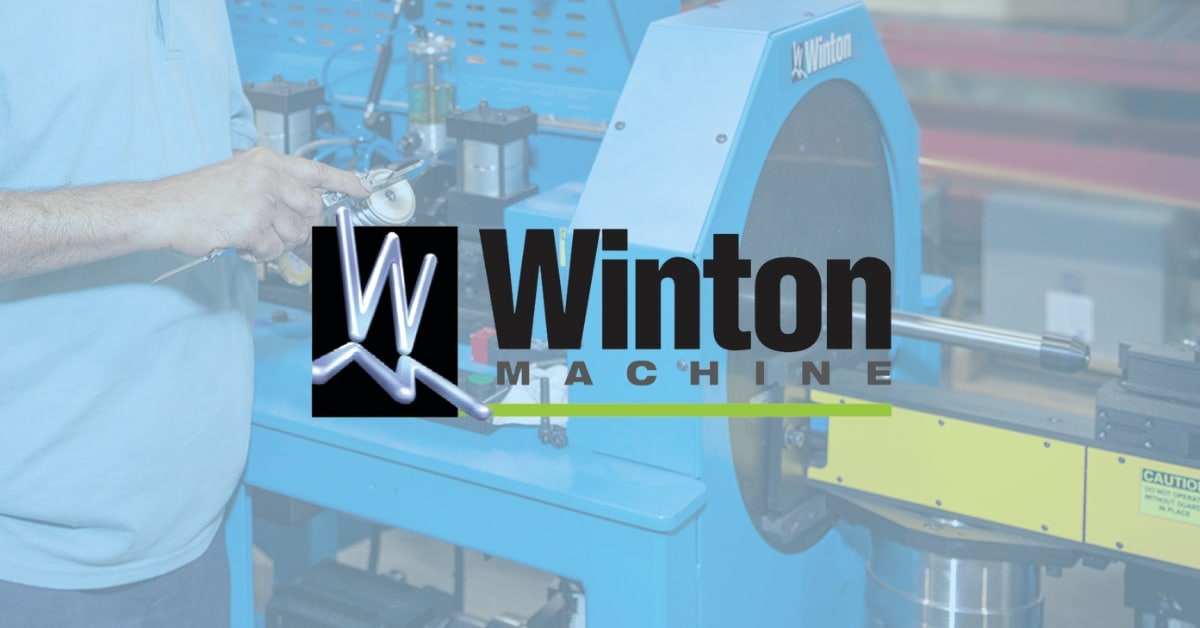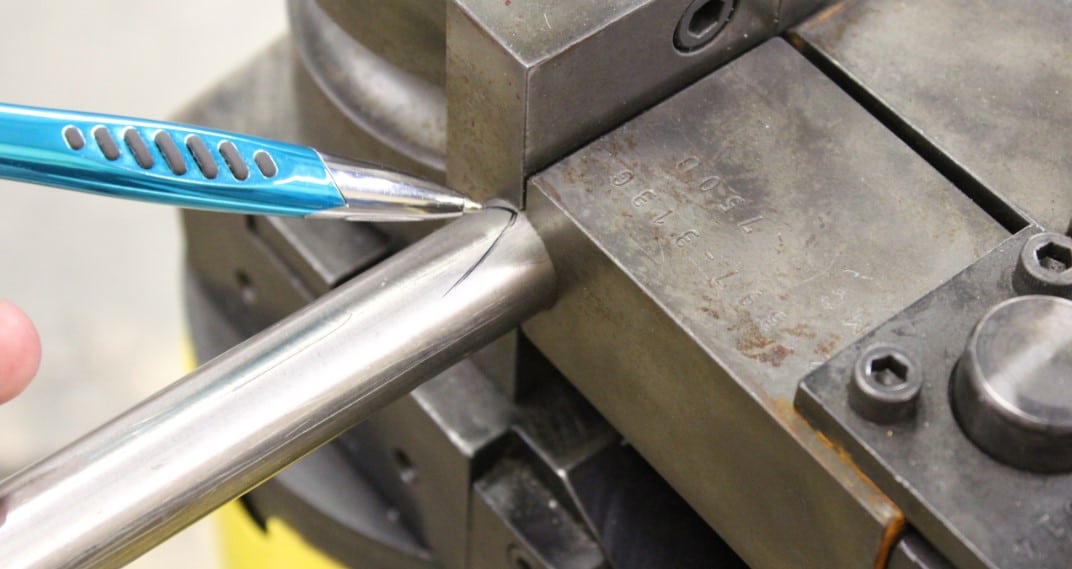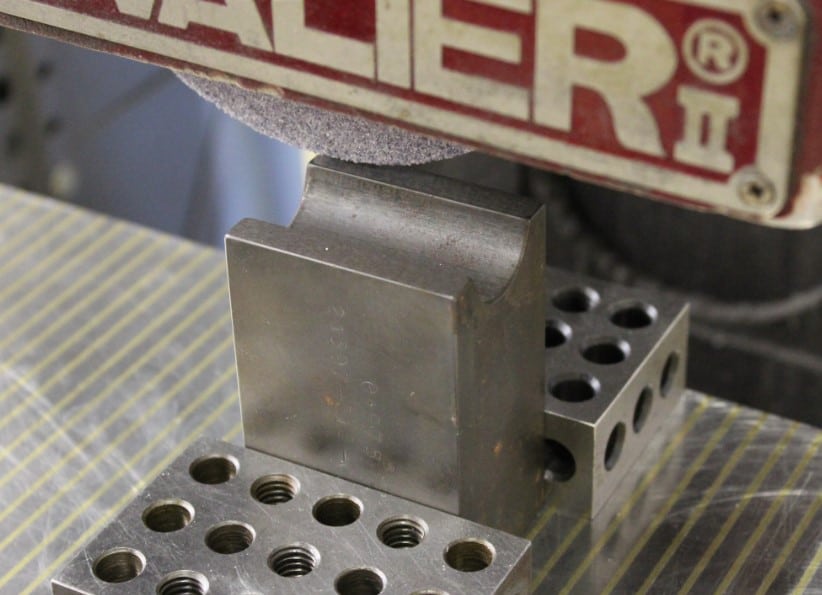Trading the Wrinkles In For a Fresher Look
Truth be told, not all wrinkles are discussed over the cosmetic counter at the local department store. Truth be told, some wrinkles are found right on the shop floor. You may recall the wrinkles in a bent tubes that appeared apparently out of nowhere. One week you are making quality parts and the next week it was wrinkle city. It seems like the wrinkles just starting showing up…uninvited.
Wrinkles are seldom wanted on the inside of a bend. Sometimes they are tolerated and sometimes the folks that wear the quality hat demand that they are cause for rejection. Whether you can live with the wrinkles or not, having some insight as to what might be causing the wrinkles in the first place can be helpful.
There are numerous reasons as to why a wrinkle is present and given the space allotted for this article dictates that only a few are to be discussed here. Nevertheless, you no doubt remember those unwanted wrinkles. So what could cause their sudden arrival? In one simple word; interference.
The Clamp Die – After years of bending action a specific tool set is worn out. The job you are running has no end in sight so you decide that a new set of bend tooling is needed. The order is placed and within several weeks the tooling arrives. It is mounted and set. You start making bends. Boom! Wrinkle city just arrived. Now you are forced to pay closer attention. Another troubleshooting session…just what you needed today.
One suggestion is to see if the tube is slipping in the clamp die. Take a sharpie and mark the tube as shown in Figure 1.
Figure 1 above shows a tube clamped up in a rotary draw bender. The black sharpie mark on the tube will slide into the grip section of the bend die during a bending operation if the clamp is unable to hold the tube firmly.
As the bend is made pay close attention to the sharpie mark. Is it disappearing inside the clamp as the bend is being made? If so the clamp may not be holding the tube securely. It is well known that a tube slipping in the clamp die on a tight radius bend will lead to wrinkles. After applying additional pressure to the clamp the tube is still slipping. Now you start to wonder. Being that the tooling is new, take a look at the clearance between the clamp die and the bend die? When the clamp die moves in to clamp, does it bottom out on the bend die? It shouldn’t. If the clamp die is bottoming out on the bend die then it doesn’t matter how much more pressure you give to the clamp…it will continue to prevent the clamp from adequately gripping the tube. The fix is to start shaving about .010” at a time off the face of the clamp die until it no longer makes contact with the bend die; see Figure 2. Hopefully this will fix the wrinkling problem.
As the bend is made pay close attention to the sharpie mark. Is it disappearing inside the clamp as the bend is being made? If so then the clamp may not be holding the tube securely. It is well known that a tube slipping in the clamp die on a tight radius bend will lead to wrinkles.
After applying additional pressure to the clamp the tube is still slipping. Now you start to wonder. Being that the tooling is new, take a look at the clearance between the clamp die and the bend die? When the clamp die moves in to clamp, does it bottom out on the bend die? It shouldn’t. If the clamp die is bottoming out on the bend die then it doesn’t matter how much more pressure you give to the clamp…it will continue to prevent the clamp from adequately gripping the tube. The fix is to start shaving about .010” at a time off the face of the clamp die until it no longer makes contact with the bend die; see Figure 2. Hopefully this will fix the wrinkling problem.

George Winton, P.E. designs and builds CNC tube fabrication equipment for Winton Machine in Suwanee, GA. He can be reached at gwinton@wintonmachine.com or 888.321.1499.
About the Machines We Build
All of our semi-rigid coax and tube fabrication machines at Winton are designed, manufactured, and tested in-house. We have a large line of standard products as well as the ability to engineer the best solution for our customer’s needs. Our experienced sales staff makes sure that our customers can justify their capital equipment investment by offering a solution that is exactly what they need in order to manufacture their parts. Please contact us today to discuss your project.




